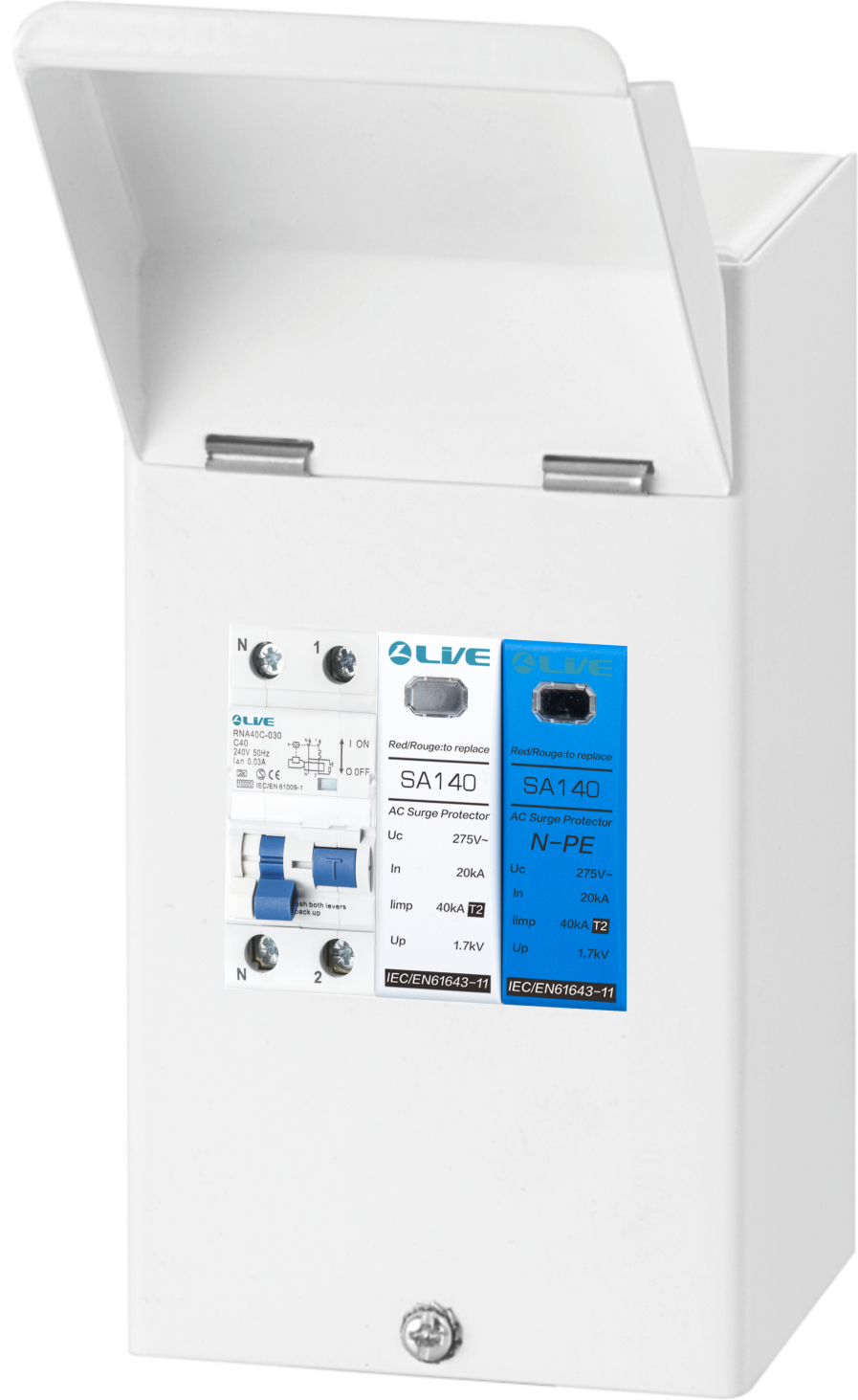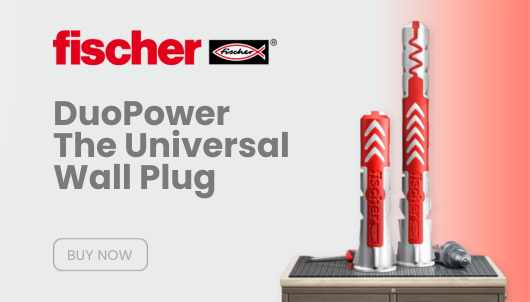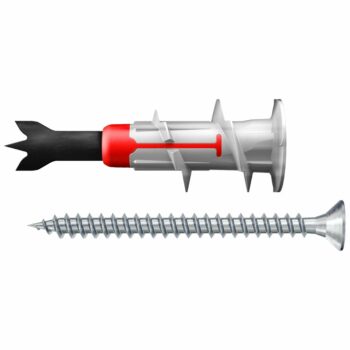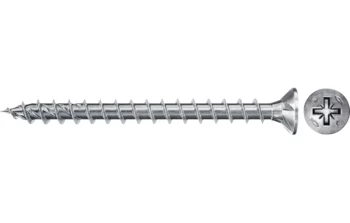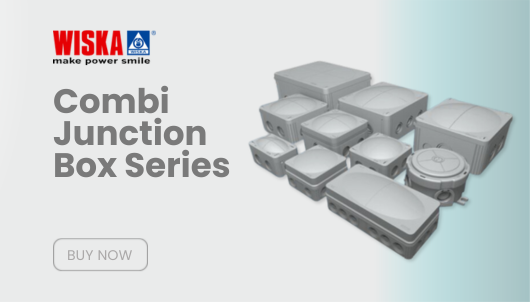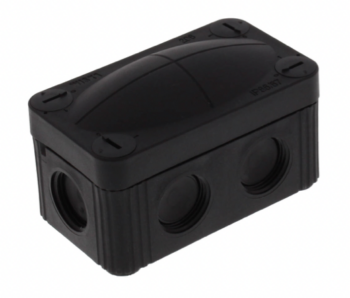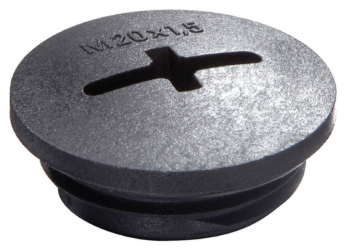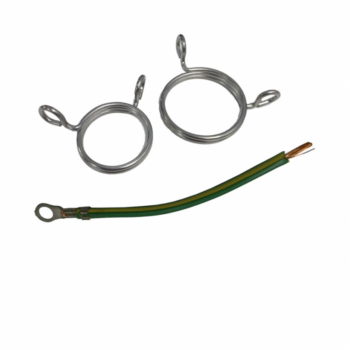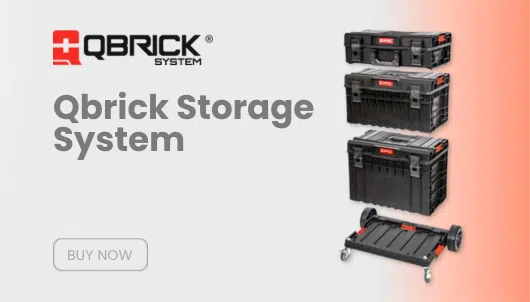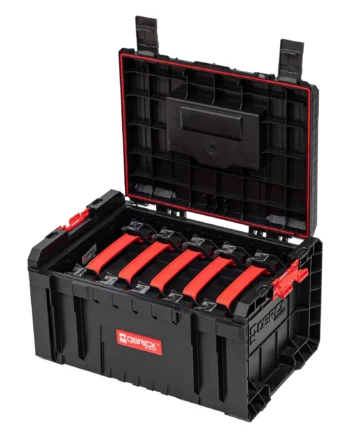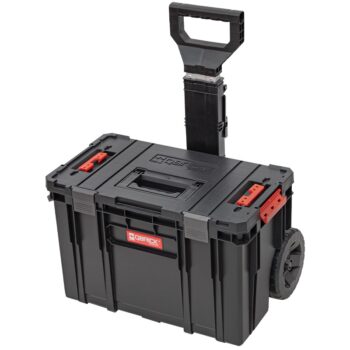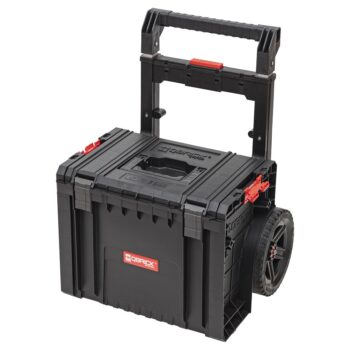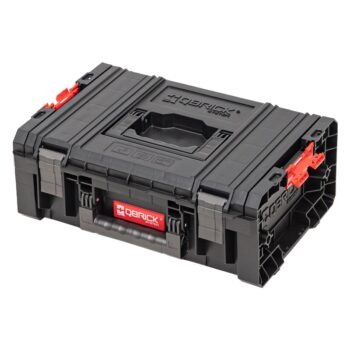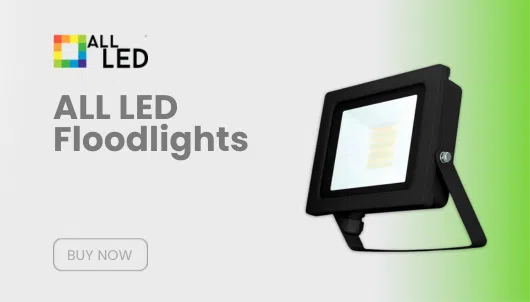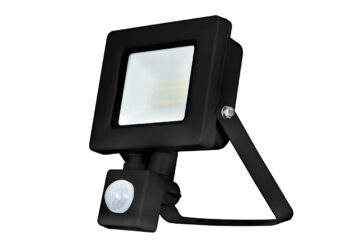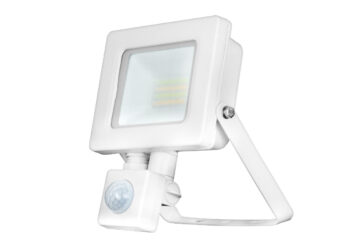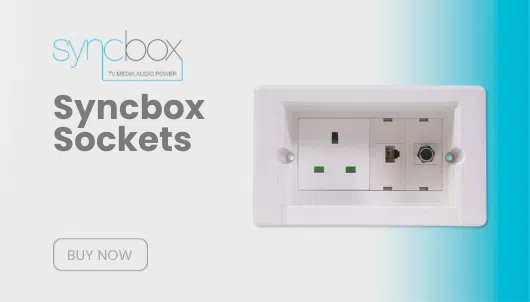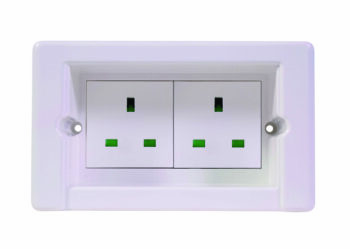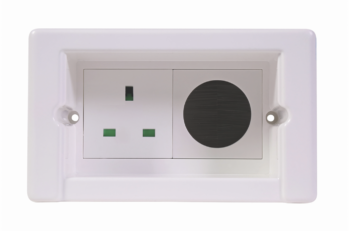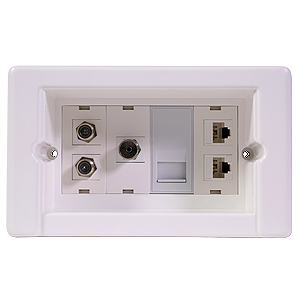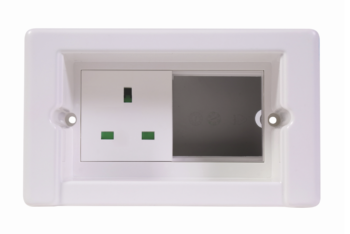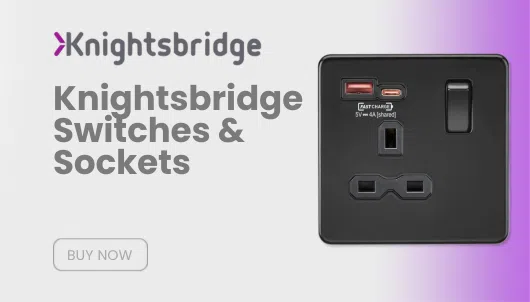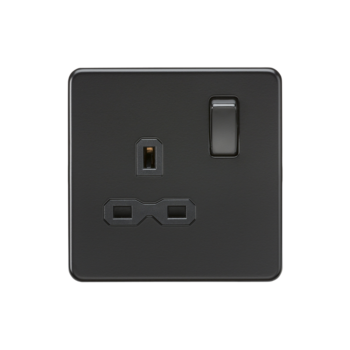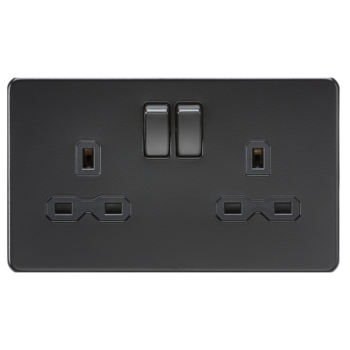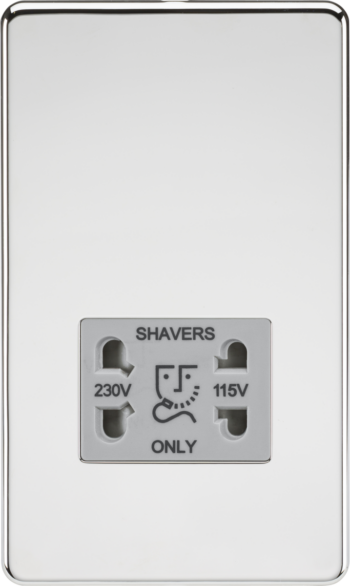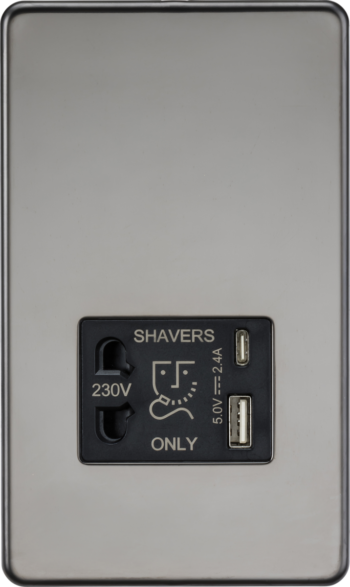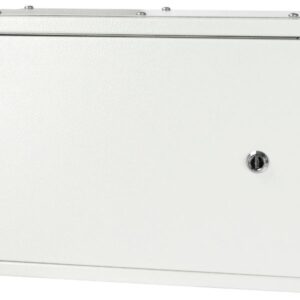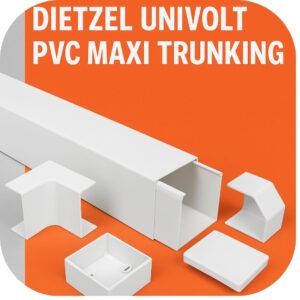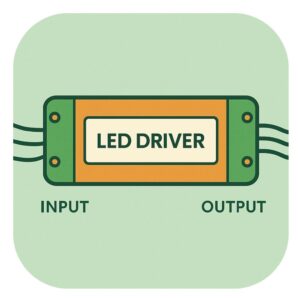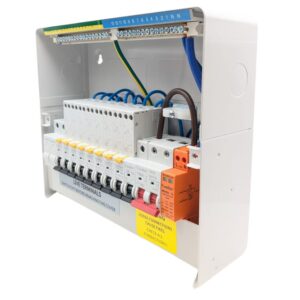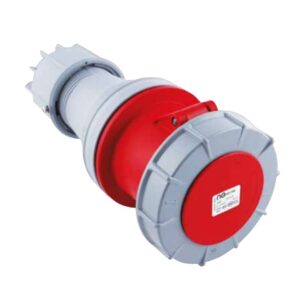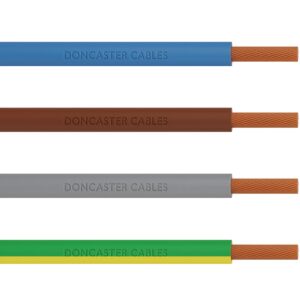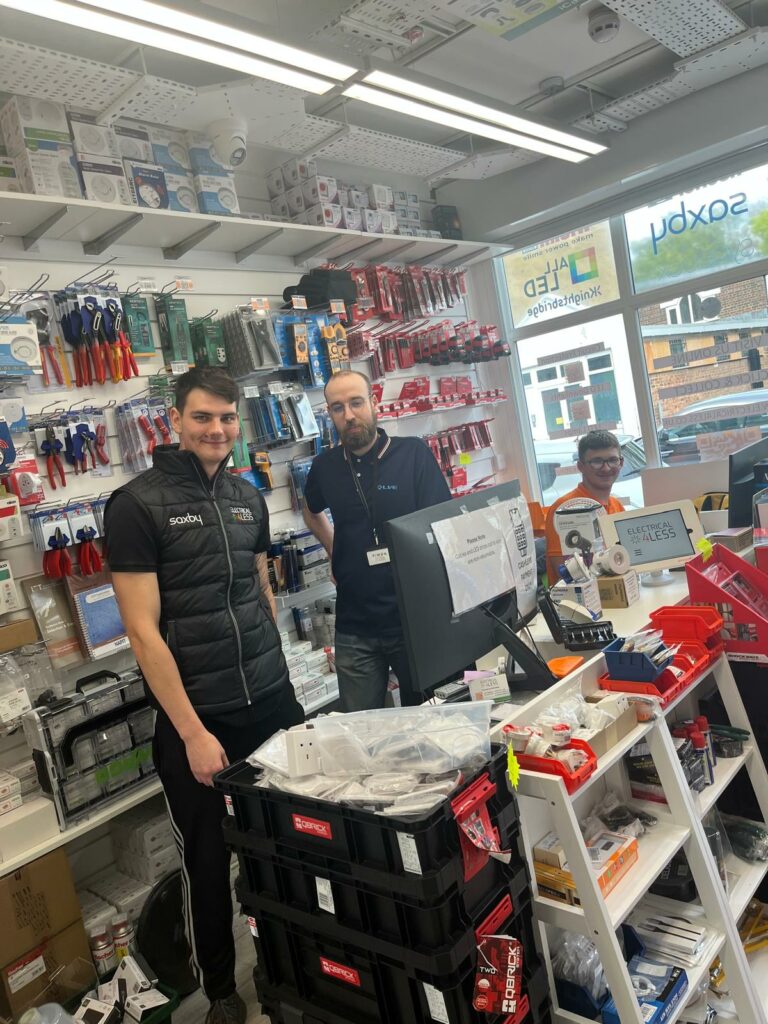The Key to Efficient Electric Vehicle Charging
In today’s fast-paced world, the shift towards electric vehicles (EVs) is not just a trend; it’s a revolution. With the increase in EV ownership, the need for reliable and efficient charging solutions has never been more critical. At the heart of this charging ecosystem lies the EV charger consumer unit, a pivotal component that ensures safe and effective charging of your electric vehicle at home.
This comprehensive guide will walk you through everything you need to know about the EV charger consumer unit, from its importance and functionality to how to select the right one for your needs. Whether you’re a new EV owner or a seasoned enthusiast looking to upgrade your charging setup, this article is your go-to resource.
Table of contents
- The Key to Efficient Electric Vehicle Charging
- 1. What is an EV Charger Consumer Unit?
- 2. Why is an EV Charger Consumer Unit Important?
- 3. How Does an EV Charger Consumer Unit Work?
- 4. Different Types of EV Charger Consumer Units
- 5. How to Choose the Right EV Charger Consumer Unit
- 6. Top Brands in EV Charger Consumer Units: Fusebox and Live
- 7. How to Install an EV Charger Consumer Unit Safely
- 8. Common Configurations for EV Charger Consumer Units
- 9. Regulatory Standards and Safety Considerations
- 10. Future Trends in EV Charger Consumer Units
- 11. Conclusion: Making the Right Choice for Your EV Charging Needs
1. What is an EV Charger Consumer Unit?
An EV charger consumer unit is a specialized electrical panel designed to manage the electrical supply to your electric vehicle charger. It acts as a central hub, distributing power from your home’s main supply to the EV charger while ensuring that everything operates safely and efficiently.
This unit typically contains essential safety devices such as Miniature Circuit Breakers (MCBs) and Residual Current Devices (RCDs). These components protect your home and vehicle from electrical faults, ensuring that charging your EV is as safe as possible.
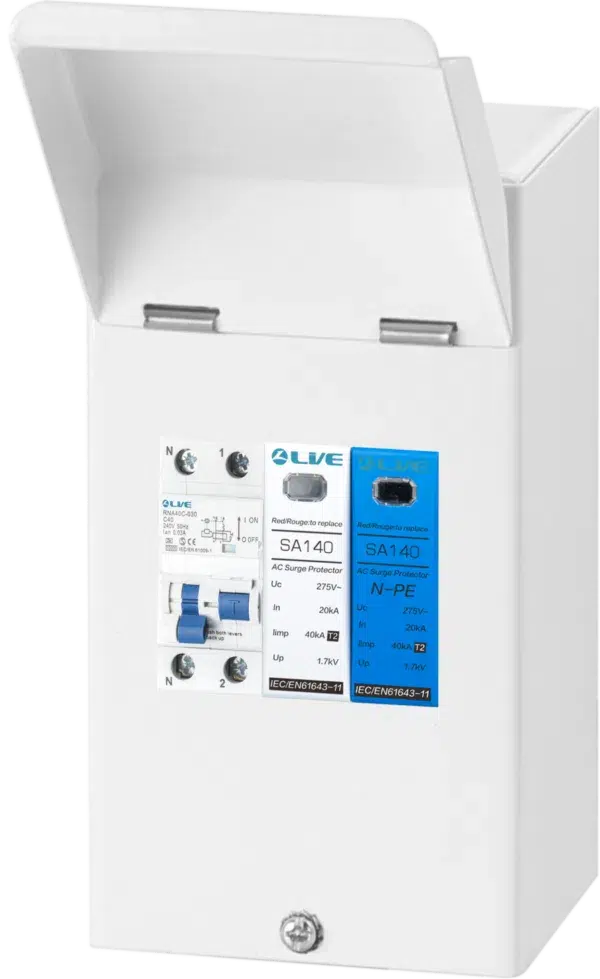
2. Why is an EV Charger Consumer Unit Important?
You might be asking yourself, Why can’t I just plug my EV charger directly into a regular socket? While it’s technically possible to use a standard outlet, it’s not advisable for several reasons:
1. Safety
An EV charger consumer unit is specifically designed to handle the higher currents associated with powering electric vehicles. Using a regular socket may lead to overheating and potentially dangerous situations. The built-in RCDs and MCBs in a consumer unit provide critical safety measures by cutting off the power in case of faults, preventing hazards like electrical fires.
2. Efficiency
Powering your EV from a consumer unit ensures a faster and more efficient power delivery. A dedicated circuit allows the charger to operate at optimal performance, reducing charging times significantly compared to using a standard plug socket.
3. Compliance with Regulations
In many regions, it’s a legal requirement to install a dedicated EV charger consumer unit for home stations. This not only ensures safety but also helps you meet local electrical codes and standards.
4. Future-Proofing
As the demand for electric vehicles continues to grow, your charging needs may increase as well. Having a dedicated consumer unit allows for easy upgrades and modifications in the future, ensuring that your setup can handle additional electrical loads as necessary.
3. How Does an EV Charger Consumer Unit Work?
Understanding how an EV charger consumer unit operates can demystify the process of charging your electric vehicle. Here’s a simplified explanation:
- Incoming Power Supply: The unit receives power from your home’s main electrical supply. This power is typically routed through a dedicated circuit designed specifically for the EV charger.
- Safety Features Activation: When you plug in your electric vehicle, the consumer unit engages its safety features. The MCBs monitor the electrical flow, while the RCDs ensure that any earth faults are detected and the power is cut off to prevent shocks.
- Power Distribution: The unit distributes the incoming power to the EV charger at the required voltage and current level. Depending on your EV’s requirements and the charger’s specifications, the consumer unit ensures that your vehicle receives the optimal amount of power for charging.
- Charging Process: Once the vehicle is connected and the unit is engaged, the charging process begins. The consumer unit monitors the charging activity, automatically adjusting the flow of electricity to ensure efficiency and safety.
4. Different Types of EV Charger Consumer Units
When it comes to EV charger consumer units, there are various types to consider. Here’s an overview of the most common options:
1. Basic Consumer Unit
A standard EV charger consumer unit is designed for homeowners who need a simple, cost-effective solution for charging their electric vehicles. It usually comes with one or two MCBs and a single RCD, making it suitable for moderate charging needs.
2. Advanced Consumer Unit
For those with higher charging demands—like multiple EVs or high-powered chargers—an advanced consumer unit may be necessary. These units typically feature multiple MCBs and RCDs, allowing for simultaneous charging of several vehicles without overloading the system.
3. Smart EV Charger Consumer Unit
Smart consumer units are becoming increasingly popular as technology advances. These units integrate with home energy management systems, allowing users to monitor and control their charging remotely. You can schedule charging during off-peak hours, maximizing energy efficiency and potentially saving on electricity costs.
4. Combined Consumer Unit
Some manufacturers offer combined consumer units that not only manage the EV charger but also integrate with the home’s overall electrical system. This allows for streamlined power management and enhanced safety across all electrical devices in the home.
5. How to Choose the Right EV Charger Consumer Unit
Selecting the appropriate EV charger consumer unit involves considering several factors that suit your specific needs. Here’s what to keep in mind:
1. Assess Your Charging Needs
Evaluate how you plan to use your EV charger. If you have multiple electric vehicles or plan to upgrade to a more powerful charger in the future, opting for a unit with additional capacity is wise.
2. Check Compatibility
Ensure the consumer unit is compatible with your EV charger model. Some chargers require specific types of consumer units to function effectively.
3. Future Expansion
If you anticipate adding more electrical devices or chargers in the future, look for a consumer unit that allows for easy upgrades or additional circuits.
4. Brand Reputation
Choosing a reliable brand like Fusebox or Live can ensure that your EV charger consumer unit is durable and compliant with safety regulations. Brands with a solid reputation often provide better customer support and warranty options.
5. Installation Requirements
Consider the installation requirements for the consumer unit. Some units may need specialized installation techniques, and hiring a qualified electrician is crucial for ensuring that everything is set up correctly and safely.
6. Top Brands in EV Charger Consumer Units: Fusebox and Live
When it comes to selecting an EV charger consumer unit, the brand can significantly impact performance and reliability. Here’s a closer look at two top brands:
1. Fusebox
Fusebox is renowned for producing high-quality consumer units that prioritize safety and efficiency. Their EV charger consumer units come equipped with advanced protection features, including RCDs and MCBs, ensuring that your charging setup is both safe and efficient. The user-friendly designs and clear labeling make installation and operation straightforward, even for those less familiar with electrical systems.
2. Live
Live is another respected brand in the electrical industry, known for innovative designs and high-performance consumer units. Their EV charger units often incorporate smart technology, allowing users to manage their charging effectively. With features such as energy monitoring and remote access, Live products provide convenience and efficiency for modern EV owners.
7. How to Install an EV Charger Consumer Unit Safely
Installing an EV charger consumer unit is not a DIY task; it requires the expertise of a qualified electrician. However, understanding the installation process can help you ensure that everything is handled correctly. Here are the general steps involved:
1. Site Assessment
Before installation, the electrician will conduct a site assessment to determine the best location for the consumer unit. This ensures that the unit is easily accessible and compliant with local regulations.
2. Preparing the Installation Site
The installation site will need to be prepared. This may involve securing the necessary permits, ensuring the area is free of obstacles, and checking that the electrical supply can handle the new load.
3. Running the Electrical Supply
An appropriately rated cable will need to be run from your main consumer unit to the new EV charger consumer unit. The electrician will ensure that the wiring is up to code and capable of supporting the expected load.
4. Connecting the Consumer Unit
Once the electrical supply is in place, the electrician will install the EV charger consumer unit, connecting the incoming cable and any necessary circuit breakers. Proper labeling of circuits is crucial for ease of use and maintenance.
5. Testing the Installation
After installation, thorough testing is essential to ensure everything operates as expected. The electrician will check the functionality of the RCDs and MCBs and confirm that the EV charger is correctly connected.
6. Final Inspection
Finally, a local authority may need to inspect the installation to ensure compliance with electrical codes and regulations.
8. Common Configurations for EV Charger Consumer Units
Understanding the typical configurations for EV charger consumer units can help you visualize how your setup may look. Here are a few common configurations:
1. Single Charger Setup
In this setup, a single EV charger consumer unit is dedicated to charging one electric vehicle. It typically includes one MCB for the charger and one RCD for safety.
2. Multi-Charger Setup
For households with multiple EVs, a multi-charger configuration involves a consumer unit with multiple MCBs. Each charger has its own circuit, allowing simultaneous charging without overloading the system.
3. Smart Charging Setup
A smart charging setup integrates an EV charger consumer unit with a home energy management system. This configuration allows users to monitor and control charging remotely, optimizing energy usage and reducing costs.
4. Combined Household Circuit Setup
Some homeowners opt for a combined circuit setup where the EV charger consumer unit integrates with existing circuits in the house. This approach allows for efficient power management across multiple devices, although it requires careful planning to prevent overload.
9. Regulatory Standards and Safety Considerations
When installing an EV charger consumer unit, it’s crucial to adhere to regulatory standards to ensure safety and compliance. In many regions, these standards may include:
1. Local Electrical Codes
All installations must comply with local electrical codes, which dictate safe practices for electrical work. Failing to adhere to these regulations can lead to fines, unsafe installations, and issues when selling your property.
2. Safety Testing
Regular safety testing of your EV charger consumer unit is essential. This includes checking the functionality of the MCBs and RCDs, ensuring that they trip correctly during a fault condition.
3. Installation by Qualified Electricians
As previously mentioned, only qualified electricians should handle the installation of consumer units. Their expertise ensures that the setup is safe, compliant, and efficient.
10. Future Trends in EV Charger Consumer Units
The world of electric vehicle charging is evolving rapidly. Here are some future trends to keep an eye on:
1. Increased Integration with Smart Home Systems
As smart home technology continues to advance, expect EV charger consumer units to integrate even more seamlessly with home energy management systems. This will allow for enhanced control and monitoring of energy usage.
2. Enhanced Safety Features
As the demand for EVs grows, manufacturers will likely focus on improving safety features in consumer units. This could include advanced fault detection systems and improved RCD technology.
3. More Compact Designs
With the rise of urban living and space constraints, future consumer units may adopt more compact designs without compromising performance or safety.
4. Renewable Energy Integration
As more homeowners invest in renewable energy sources like solar panels, expect consumer units to evolve to manage energy from various sources efficiently. This could involve smart load balancing and dynamic energy distribution.
11. Conclusion: Making the Right Choice for Your EV Charging Needs
The EV charger consumer unit is an indispensable part of your electric vehicle charging setup, ensuring safety, efficiency, and compliance with regulations. Choosing the right consumer unit from reputable brands like Fusebox and Live will provide you with peace of mind as you embrace the future of transportation.
By understanding the various types of consumer units, how to install them safely, and keeping abreast of future trends, you can make informed decisions that meet your current and future charging needs.
As electric vehicles become increasingly popular, having a well-planned charging infrastructure at home will not only enhance your experience but also support the transition to a more sustainable future.
See our full range of EV Charger Consumer Units here!
Compact Horizontal TP&N Distribution Boards – With 100A Main Switch & Type 2 SPD Options
Space-Saving 3 Phase Distribution for Commercial & Industrial Installs When wall space is tight but…
🧱 Large PVC Cable Trunking by Dietzel Univolt – Key Sizes + Accessories
A Trusted Choice for High-Capacity Cable Management Looking for large PVC cable trunking by Dietzel…
How to Choose an LED Driver – Constant Voltage vs Constant Current Explained
What to Consider When Buying an LED Driver If you’re installing LED lighting, you’ll almost…
Most Popular FuseBox Consumer Units
Browse our full range of Most Popular FuseBox Consumer Units – trusted by electricians across…
🔌 Commando Sockets – The Ultimate Guide to Industrial Plugs and Sockets (IEC 60309)
⚡ Everything You Need to Know About Commando Sockets – Built for Industrial Power, Designed…
Tri-Rated Cables for Reliable, Certified Performance
High-Quality Electrical Panel Cable for Switchgear When it comes to building or maintaining control panels…

